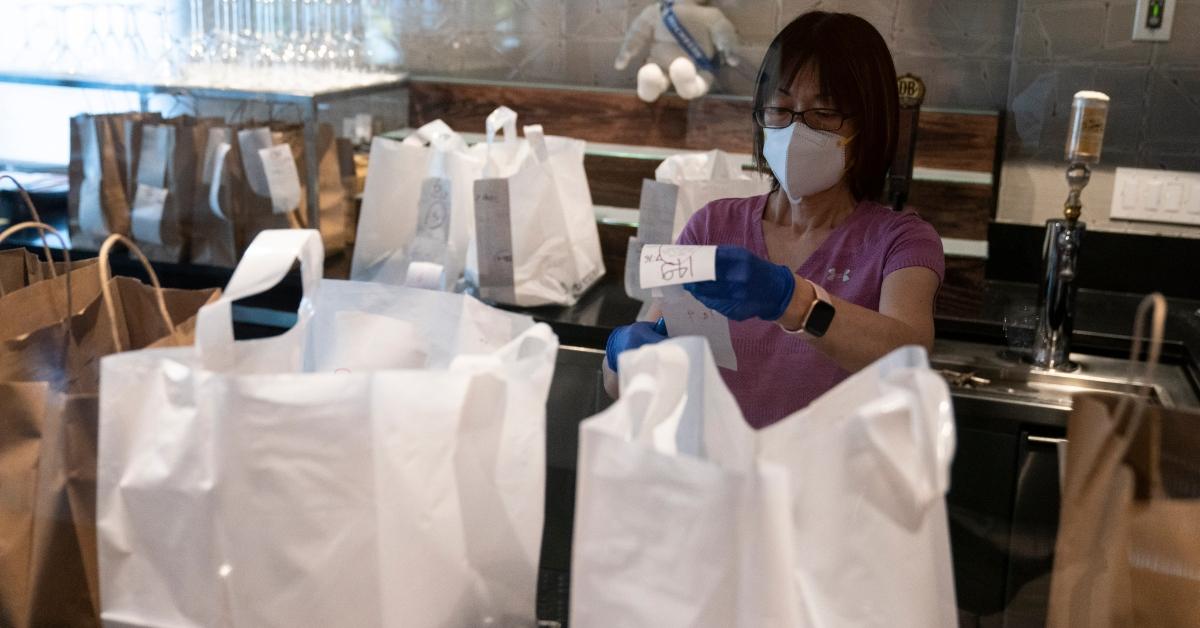Requirements for PPP Loan Forgiveness and How to Apply
Borrowers must meet certain requirements to be eligible for PPP loan forgiveness. Here are the steps you need to take to apply for loan forgiveness.
June 9 2021, Published 10:57 a.m. ET

When the COVID-19 pandemic hit and businesses all over the country faced the possibility of shutting down, Congress passed the CARES Act, which provided relief through PPP (Paycheck Protection Program) loans.
Backed by the SBA (Small Business Administration), the PPP loans were given to businesses to help them continue to pay their employees throughout the pandemic. By the end of May, over $800 billion had been dolled out in two funding rounds with a third still available.

Even though PPP loans have a pretty low interest rate of 1 percent and deferred payments for 10 months, some businesses might prefer to have their loan forgiven and not pay back a dime.
How to get PPP loan forgiveness
According to the SBA, you might be eligible to have the total amount of your PPP loan forgiven if you spent at least 60 percent of the loan on payroll costs and you maintained the same level of employees and compensation during the 8–24 week period after you received the loan.
So, if you received a PPP loan but still laid-off employees or cut wages, you probably aren't eligible for loan forgiveness.
The requirements for loan forgiveness are the same for both the first and second round (or draw) of PPP payments.
How to apply for PPP loan forgiveness
You can apply for forgiveness on your PPP loan after you have used the full amount of the loan. You have up to the maturity date of the loan to apply for forgiveness. However, if you don’t apply within the 10-month deferral period, you’ll have to start making your payments.
To apply for PPP loan forgiveness, you’ll need to go back to the lender you received the PPP loan through. They’ll give you an application form to complete, which will be either an SBA Form 3508, SBA Form 3508EZ, or SBA Form 3508S. Some lenders might have their own equivalent forms.
Any borrower can fill out the SBA 3508, but the other forms have specific requirements. Form 3508S is for borrowers who received a PPP loan of $150,000 or less.
The 3508EZ is a simplified form for borrowers who received loans of more than $150,000. More conditions are required with this form, so consult your lender on what form is best to use.
You’ll need to provide payroll documentation for all payroll periods within and overlapping with the loan’s covered period with your application. These documents can include bank account statements, tax forms, reports from third-party payroll service providers, and more.

You will also need to provide non-payroll documentation for expenses paid during the covered period that show obligations or services that existed before February 15, 2020. This paperwork can be business mortgage interest payments, lease payments, or utility payments.
Once you’ve filled out the necessary form and compiled all of your documentation, you submit everything to the lender who issued your PPP loan. They will submit the application to the SBA.
Make sure to stay in contact with your PPP lender about the status of your forgiveness application. The lender should notify you when the SBA reviews your loan and makes a decision. If you are denied loan forgiveness, you have the right to appeal the SBA’s decision.
